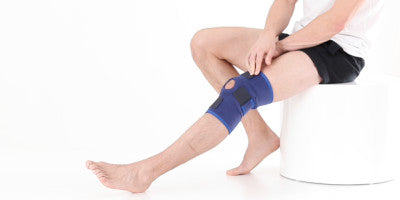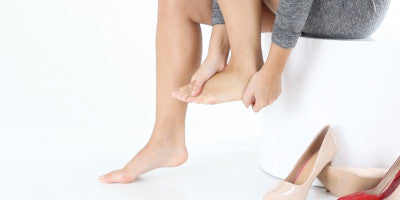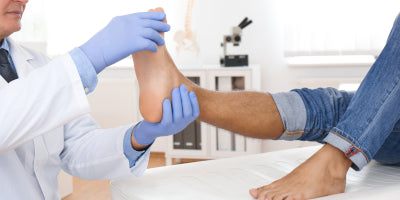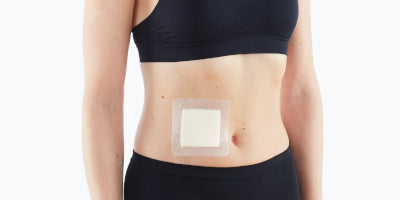6 Wound Care Myths
From beer to honey, wound care has come a long way as we have learnt more about the natural process of our body’s self-healing capabilities. How we care for our wounds can affect how well they heal and whether they are at risk of infection. While the risks associated with smaller cuts and abrasions may be minimal, larger, more serious wounds require a great deal of care and attention and it is therefore vital to follow best practices.
But how do we know how to care for wounds at home? There are actually many misconceptions when it comes to wound care that we believe to be true, as they have been passed down from generation to generation, but in fact they could do more harm than good.
WOUND CARE MYTH 1
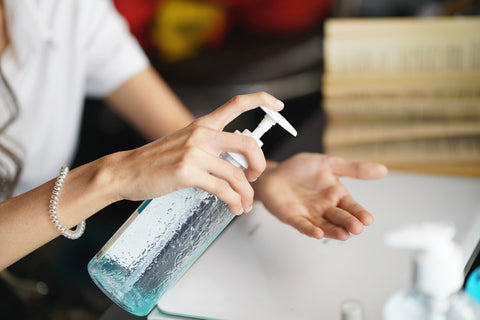
Myth: Rubbing Alcohol cleans & disinfects wounds
Fact: Alcohol may do more harm than good. Rubbing alcohol around wounded skin can potentially destroy the normal cells and tissues that typically assist in the wound healing process. Alcohol can also cause painful burns when applied on skin.
WOUND CARE MYTH 2

Myth: Keeping the wound open and exposed to air makes it heal better
Fact: An open wound increases the risk of infections and may also increase pain, or be subjected to further injury, as it has no protection from the influence of external elements. Scientific research suggests that a wound that is protected with a dressing and kept clean & moist heals much faster, without complications than wounds that are left exposed to the air.
WOUND CARE MYTH 3

Myth: Development of a scab over the wound is a good sign
Fact: Scabs appear when wounds are allowed to dry up. The scab makes it harder for new skin cells to evolve and cover the wound, especially if the scab is large in size. Scabs can also trap inflammatory tissue and bacteria that can result in infection. If the wound is large in size, it is best to consult a doctor from time to time. Proper wound care will also reduce the chance of leaving a bad scar after the wound has healed.
WOUND CARE MYTH 4
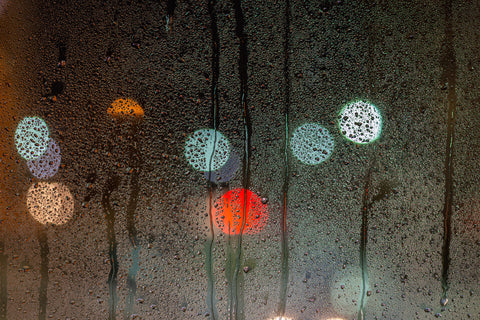
Myth: Wound Dressings are a possible breeding ground for germs
Fact: It is a myth that germs and bacteria are comfortable under a wound dressing. It is quite contrary to the fact. Using the right wound dressing to cover up a wound which has previously been cleaned and disinfected protects wound from possible infections.
WOUND CARE MYTH 5

Myth: Antibiotics are a must for wound treatment
Fact: Antibiotics should only be taken when there is an infection, or when the wound shows no signs of healing even after a week. Overuse or inadvertent use of antibiotics can render them ineffective against bacterial resistance and hamper the natural healing process by the immune system of our body. Antibiotics should only be taken as advised by a medical practitioner.
WOUND CARE MYTH 6
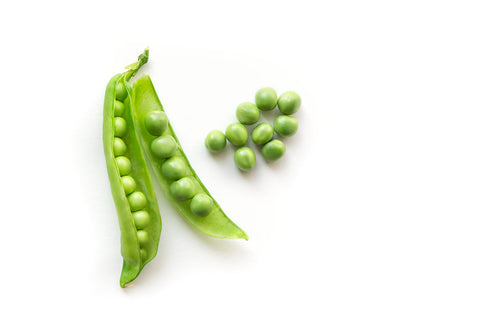
Myth: All wound dressings are similar and interchangeable
Fact: Whilst to the naked eye, all wound dressing seem somewhat similar in nature, different wound dressings have a varying benefit for each wound type.
Advanced Wound Care Dressings
Advanced wound care focusses on a balance of three key principles:
-
Liquid Management
Exudate levels need to be controlled in the wound environment. Too much exudate will leak causing further problems including maceration and enlargement of the wound area. Too little and the wound bed may become dehydrated. Advanced dressings are designed to conform closely to the wound bed, controlling exudate levels to optimize healing of wounds.
-
Wound Monitoring
It is important to monitor the wound as it heals to ensure that there is no infection or degradation of the wound. Frequent removal may delay the healing process and increases risk of infection. Ideally dressings should be repositionable, allowing for monitoring without fully replacing the dressing. Some are also transparent to allow visibility of the wound without removal.
-
Kind Removal
Soft silicone based dressings are allergy free and are designed to be comfortable, protect the skin around the wound and reduce pain and trauma during dressing changes.
WHAT HAVE WE LEARNED?

Moist wounds heal 2-3 times faster than dry wounds. Cell growth thrives on moist conditions and in order for your wound to form new skin tissue, new cells need to form. The principle aim of moist wound therapy is to create and maintain those optimal moist conditions for your skin to renew itself.
Under moist wound healing conditions, the formation of a crusty scab is prevented. This is because moist wound healing promotes growth and migration of new cells and ensures that essential proteins for closing your wound stay where they belong in order to do their repair job.
Wounds that are left to dry in air will always create scabs, which make it hard for a wound to close itself, as under these dry conditions new skin tissue will have a tough time forming. What many do not know: a scab is not a sign of healthy healing, it is actually keeping skin from healing and becoming flawless again.
It’s not just fantastical superheroes that have healing factors, our bodies are also capable of healing themselves with astounding results. We can help our bodies do this by recognizing wound care myths and by providing what is actually the optimal environment for wounds to heal.
For all your advanced woundcare needs, explore our Opti-Heal range.



